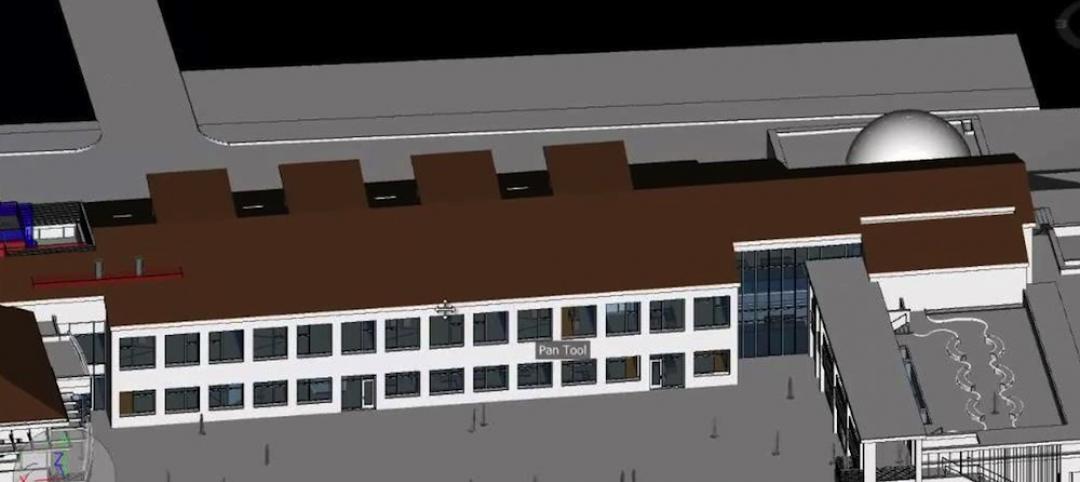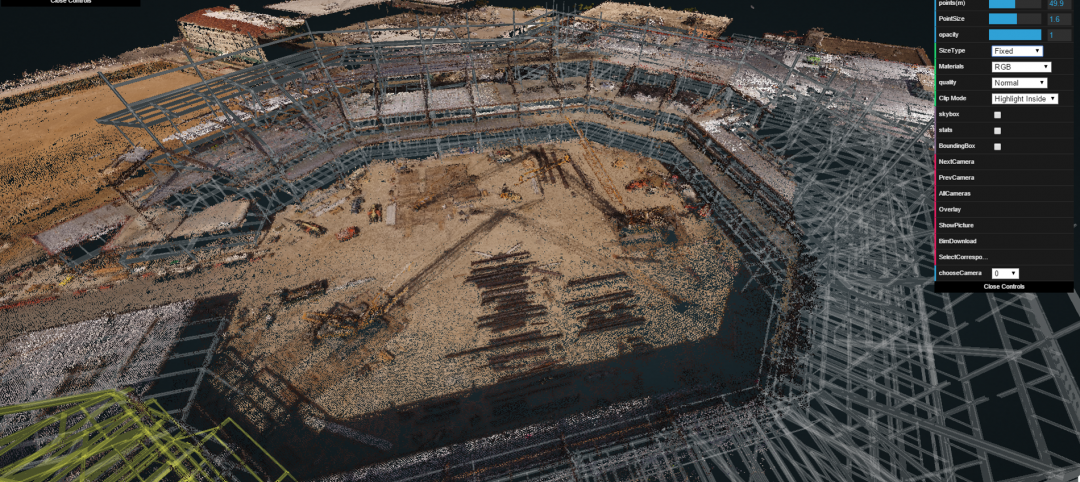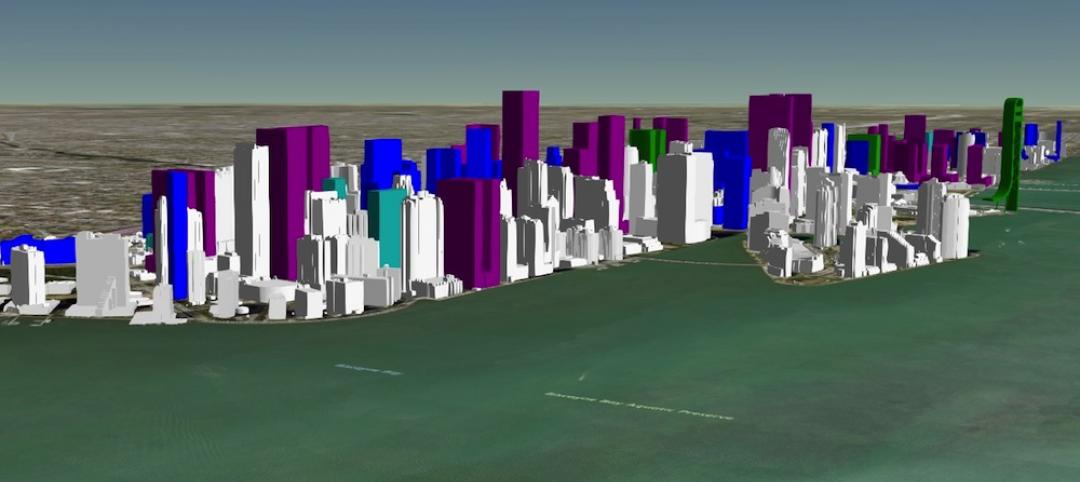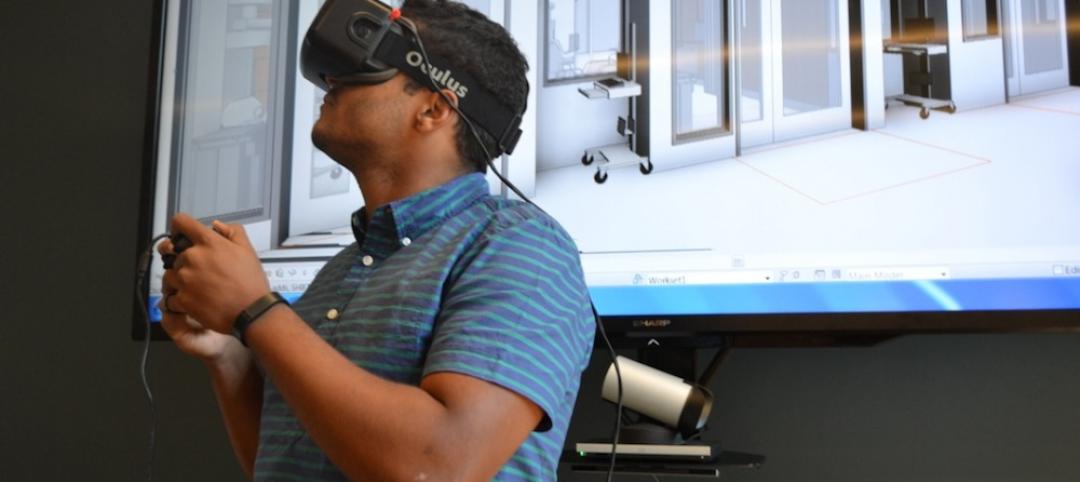Project Frog, a leading technology and building systems provider, today announced an alliance with Autodesk (NASDAQ: ADSK) to develop a transformational cloud-based platform to standardize and simplify data flow between the architecture studio, the factory and the jobsite. The agreement, which will strengthen the industrialized construction movement, is made possible through an investment from the Autodesk Forge Fund. The funding from Autodesk will accelerate the efforts of both companies to create a connected ecosystem linking architectural design to industrial fabrication.
“The reality of the building industry today is it’s facing unprecedented demand and scarcity of skilled labor,” said Drew Buechley, CEO of Project Frog. “In this climate, prefabrication is essential to delivering new buildings quickly and economically, while still offering a high degree of customization, competitive pricing and a quick turnaround. The only way to accomplish this is to use technology to simplify the process of moving a project from design to manufacturing, and then to the jobsite. What we are building with Autodesk is expected to be a truly revolutionary solution, enabling architecture, engineering and construction professionals to reap efficiency gains in the production of custom prefabricated buildings.”
Autodesk and Project Frog Collaboration
The Autodesk and Project Frog collaboration will create a common data environment to streamline design and engineering processes, and optimize architectural design for manufacturing. The end-to-end system will ensure every project stakeholder has access to the most recent data, eliminating the need for manual updates, and reducing the typical churn associated with coordinating across professional disciplines.
This design-to-fabrication ecosystem will leverage Autodesk’s industry-leading cloud platform and Building Information Modeling (BIM) leadership to integrate disparate workflows – enabling architects and structural engineers to mechanical, electrical, plumbing (MEP) professionals, fabricators and contractors – to quickly and collaboratively develop and document projects.
“Autodesk’s Forge Fund investment in Project Frog is expected to put into place a more seamless industrialized construction workflow connecting design to fabrication,” said Nicolas Mangon, Vice President, Autodesk AEC Business Strategy and Marketing. “The building industry is beginning to look a lot more like manufacturing than traditional construction, and this investment offers significant opportunity to improve productivity, resulting in decreased risk and increased profit margins for construction teams and projects.”
Autodesk Forge is a connected developer cloud platform which enables customers to create customized, scalable solutions for engineering, construction and manufacturing challenges. As a continuation of their development efforts and a member of the Forge community, Project Frog leverages cloud technologies to push tighter integration between their own internally developed web tools and core Autodesk applications (particularly around Revit and Fusion). More information about Project Frog’s integration with Forge can be found here.
The Changing Construction Environment
A convergence of factors is driving change in the way buildings are designed and delivered. For decades, productivity in the construction industry has remained flat relative to manufacturing, where steady incremental gains are highlighted by the rapid pace of industrial and technological innovation and adoption. Meanwhile, chronic and widespread shortages in the availability of skilled labor, exacerbated by an aging workforce and declining availability of new workers, are increasing project costs and delays.
Building Information Modeling (BIM), spearheaded by Autodesk Revit has, over the last 15 years, helped streamline the way architects and engineers collaborate on projects. However, there still remain portions of the market using a more siloed collaboration approach. While some new technologies have helped to automate the manual process of data transfer, currently no solutions exist to automate design or integrate design and engineering data, further slowing the design process. The new Autodesk-Project Frog integration will remove many time-intensive processes, eliminate errors, and keep projects on time and on budget.
Related Stories
BIM and Information Technology | May 2, 2016
How HDR used computational design tools to create Omaha's UNO Baxter Arena
Three years after writing a white paper about designing an arena for the University of Nebraska Omaha, HDR's Matt Goldsberry says it's time to cherry-pick the best problem-solving workflows.
Drones | Apr 25, 2016
The Tremco SkyBEAM UAV is the first to be approved by the FAA for nighttime commercial operation
The SkyBEAM UAV is used for identifying energy leaks, rooftop damage, deteriorating façades, and safety issues without requiring scaffolding or cranes.
BIM and Information Technology | Apr 21, 2016
U.K. imposes BIM requirement on government projects
U.S. unlikely to follow suit.
AEC Tech | Apr 15, 2016
Should architects learn to code?
Even if learning to code does not personally interest you, the growing demand for having these capabilities in an architectural business cannot be overlooked, writes computational design expert Nathan Miller.
Building Tech | Apr 12, 2016
Should we be worried about a tech slowdown?
Is the U.S. in an innovative funk, or is this just the calm before the storm?
BIM and Information Technology | Apr 8, 2016
Turner streamlines construction progress tracking using predictive visual data analytics
The construction giant teams with a computer science and engineering professor to develop a clever drone- and rover-based construction monitoring tool.
BIM and Information Technology | Apr 5, 2016
Interactive 3D map shows present and future Miami skyline
The Downtown Miami Interactive 3-D Skyline Map lets users see the status of every downtown office, retail, residential, and hotel project.
AEC Tech | Mar 31, 2016
Deep Learning + AI: How machines are becoming master problem solvers
Besides revolutionary changes to the world’s workforce, artificial intelligence could have a profound impact on the built environment and the AEC industry.
Big Data | Mar 28, 2016
Predictive analytics: How design firms can benefit from using data to find patterns, trends, and relationships
Branden Collingsworth, HDR’s new Director of Predictive Analytics, clarifies what his team does and how architecture projects can benefit from predictive analytics.
BIM and Information Technology | Mar 21, 2016
Latest tech devices simplify the leap from BIM to virtual reality
Faster conversion times and higher-quality graphics are enabling VR to make the jump from novelty to necessity in the AEC world.

















